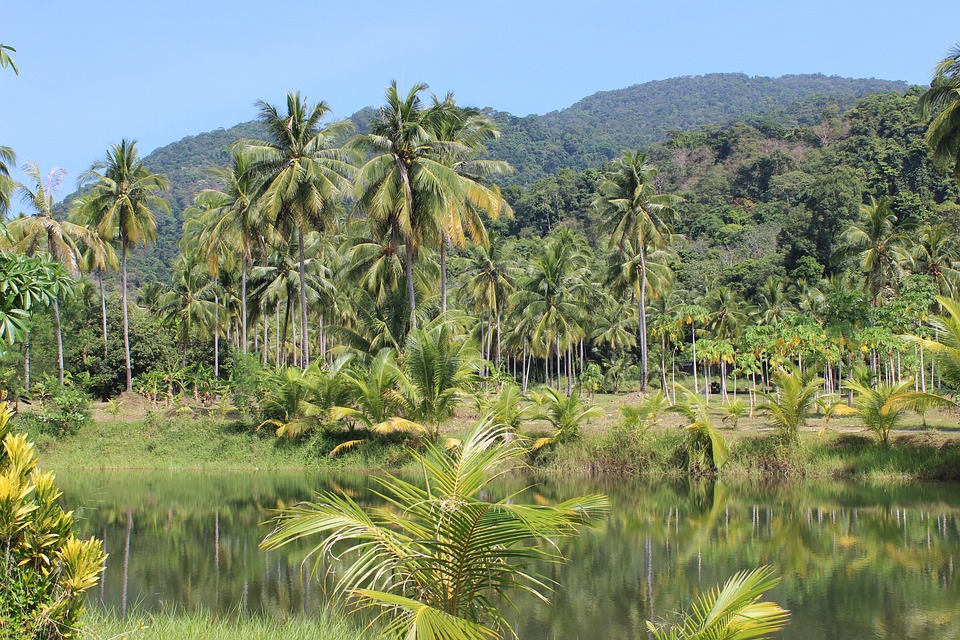Climate of the Southwest
The Southwestern United States is characterized by a unique climate shaped by its geography, elevation, and atmospheric conditions. This region, encompassing states like Arizona, New Mexico, parts of Texas, Nevada, Utah, and California, features a diverse landscape that includes deserts, plateaus, and mountain ranges. The climate significantly influences the local ecosystems, cultures, and economies, making it essential to understand its distinct patterns.
1. Geographic Overview of the Southwest Region
Defining the Southwest
The Southwest typically includes:
– Arizona
– New Mexico
– Parts of Texas
– Nevada
– Utah
– California
This region is marked by varied geography, including:
– Deserts: Mojave, Sonoran, and Chihuahuan
– Plateaus: Colorado Plateau
– Mountain Ranges: Rocky Mountains and Sierra Nevada
Elevation and Geographic Influence on Climate
Elevation plays a crucial role in the climate diversity of the Southwest. As altitude increases, temperatures generally decrease, leading to cooler conditions in higher elevations compared to lower desert areas. For instance:
– The Sonoran Desert experiences extreme summer heat.
– The Colorado Plateau enjoys milder temperatures due to its higher elevation.
This variation affects temperature ranges and precipitation patterns across the region.
2. Temperature Patterns in the Southwest
Hot Desert Climate
The Southwest is predominantly characterized by a hot desert climate. Key features include:
– Extreme Summer Temperatures: Areas like the Sonoran and Mojave deserts can exceed 100°F (38°C) during summer months.
Milder High Desert and Plateau Climates
In contrast, higher elevations such as the Colorado Plateau experience cooler temperatures.
– Average summer highs range from 80°F to 95°F (27°C to 35°C) at lower elevations but can drop significantly at night due to low humidity.
3. Precipitation and Seasonal Variability
Low Annual Rainfall
The Southwest is known for its low annual rainfall, which typically ranges from:
– 3 to 16 inches (75 to 400 mm) depending on location.
This aridity classifies much of the region as arid or semi-arid.
Monsoon Season
From July to September, the region experiences a summer monsoon season characterized by:
– Brief but intense rainstorms that provide much of the annual precipitation for many areas.
Winter Rain and Snow in Higher Elevations
In winter months (November to March), precipitation primarily comes from storms originating in the Pacific Ocean.
– Higher elevations receive significant snowfall that contributes to water resources during warmer months.
4. Weather Patterns and Extreme Climate Conditions
Drought and Water Scarcity
The Southwest frequently faces prolonged drought conditions due to:
– Low precipitation levels
– High evaporation rates exacerbated by rising temperatures linked to climate change.
Temperature Extremes and Heatwaves
Extreme heat events are common in summer months, with records reaching up to:
– 128°F (53°C) in Arizona.
These heatwaves impact both human health and local ecosystems.
Wind and Dust Storms
High winds often lead to dust storms in desert areas, affecting visibility and air quality. These storms are particularly prevalent during spring months.
5. How the Southwest Climate Influences Ecosystems and Human Life
Adaptations of Native Flora and Fauna
The harsh climate has led to unique adaptations among local species:
– Plants like cacti have evolved to conserve water.
– Wildlife has developed behaviors suited for survival in arid environments.
Human Adaptation and Water Management
Residents have adapted through various means:
– Implementing water conservation techniques
– Utilizing irrigation systems for agriculture
These adaptations are vital for sustaining life in this challenging environment.
FAQs: Climate of the Southwest
– What is the hottest part of the Southwest?
– The Sonoran and Mojave deserts experience some of the highest temperatures.
– Does it rain much in the Southwest?
– Rainfall averages between 3 to 16 inches annually, with most occurring during the summer monsoon season.
– What is the Southwest monsoon season?
– It lasts from July to September, bringing intense rainstorms that are crucial for moisture replenishment.
– Why is the Southwest prone to drought?
– Low precipitation combined with high temperatures leads to persistent drought conditions.
– Does it ever snow in the Southwest?
– Yes, particularly in mountainous areas where winter snow contributes significantly to water resources.
Conclusion
In summary, the climate of the Southwestern United States is marked by high temperatures, low rainfall, and extreme weather conditions. Understanding these features is essential for appreciating how both natural ecosystems and human communities adapt to thrive in this diverse region.

Kyle Whyte is a notable scholar and professor at the University of Michigan, holding positions such as the George Willis Pack Professor in the School for Environment and Sustainability and Professor of Philosophy. Specializing in environmental justice, his work critically examines climate policy and Indigenous peoples’ ethics, emphasizing the nexus between cooperative scientific endeavors and Indigenous justice. As an enrolled Citizen Potawatomi Nation member, he brings a vital perspective to his roles as a U.S. Science Envoy and member of the White House Environmental Justice Advisory Council. His influential research is supported by various prestigious organizations including the National Science Foundation, and disseminated through publications in high-impact journals. Kyle actively contributes to global Indigenous research methodologies and education, with affiliations to numerous institutes and societies dedicated to traditional knowledge and sustainability. Recognized for his academic and community engagement, Kyle has earned multiple awards and served in various visiting professorships. His efforts extend to leadership positions on boards and committees focused on environmental justice nationwide.
